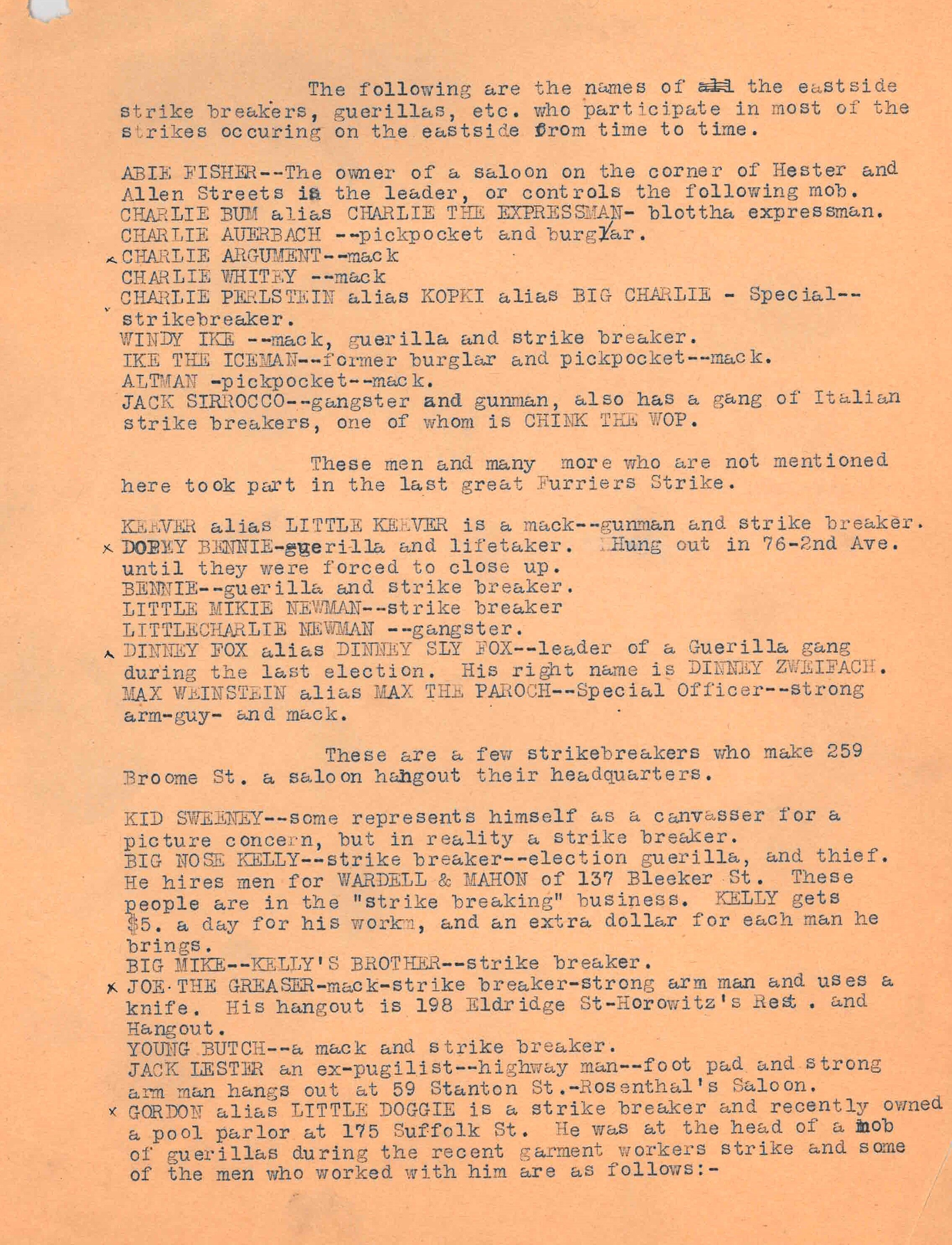Recent blogs have discussed how the increasing importance of the mayor within city government over the course of the 19th century is reflected in the volume and significance of mayoral records in the Municipal Archives.
This week we will focus on records of the mayors who served during the first two decades after creation of the Greater City of New York in 1898. From the Gilded Age to the Jazz Age, it was a period of massive immigration, revolutionary changes in technology, transportation, communication as well as the creation of the modem capitalist economy, several cycles of boom and bust, and a World War.
Prior to 1898, New York City consisted of only the Island of Manhattan and part of what later became the Borough of the Bronx. The push for annexation of Brooklyn, Queens and Staten Island to New York City dated as far back as the late 1860s. Proponents of annexation saw that a centralized municipal government could facilitate the development of railroads, utilities and infrastructure necessary to maintain New York’s dominant role in the nation’s economy.
It took nearly thirty years to persuade voters in the areas to be annexed of the benefits of consolidation. Perhaps the most significant incentive was the realization that access to revenue from real estate taxes on the commercial areas of Manhattan could be used to fund needed infrastructure improvements throughout the region.
Finally, in 1894, voters in all areas to be affected approved a non-binding referendum on consolidation. A New York State commission issued a new charter for the greater city joining the formerly separate governments of Manhattan, Bronx Brooklyn, Queens, and Staten Island into a single entity. Voters approved the new city charter in 1897.
Disasters, national and local, often elicited action from the mayor’s office. The sinking of the Titanic in 1912 was a typical incident. The Mayor’s Office did establish a fund to aid victims of the disaster. Telegram to Mayor Gaynor from the Lord Mayor of London, April 17, 1912. Mayor William Gaynor Collection, NYC Municipal Archives.
In 1898, Mayor Robert Van Wyck became the first mayor of the new Greater City of New York. Beginning with Van Wyck, the records of each mayoral administration are organized in three key series: subject files, departmental files, and general correspondence. This scheme was maintained almost unchanged over the next century.
1920 Mayor Hylan solicited citizens to join a committee formed in response to concerns about motion-picture subject matter. Mayor John Hylan Collection, NYC Municipal Archives.
Subject files were created for contemporary issues that the mayor and his staff designated as significant for that particular administration. They vary from mayor to mayor and correspond to events and concerns of their respective eras. For example, Mayor Gaynor’s staff designated Titanic disaster relief fund, presidential politics, and welfare, as some of the subject files. And under Mayor Hylan, who served from 1918 to 1926, movies, prohibition, drug addiction, milk investigation, and immigration were designated as some of the subject files.
Subject files contain letters, reports, photographs, telegrams, and memoranda to and from the mayor, in both original and carbon copy format. The correspondents tend to be other high level officials, business leaders, and/or prominent citizens. This series is arranged alphabetically by subject.
The departmental series consists of correspondence to and from the mayor’s office and each unit of city government, including departments, agencies, authorities, as well as state and federal officials. Departmental files were generally maintained on a calendar year basis. They contain similar material as subject files, e.g. memoranda, telegrams, letters, reports, and photographs. Departmental files are arranged chronologically by year and thereunder alphabetically by department name.
Owen R. Lovejoy, General Secretary of the National Child Labor Committee, wrote Mayor McClellan in 1909, and urged appropriations for a variety of education initiatives so that children would “... leave school to enter the ranks of industry before they are fit to do so.” Mayor McClellan Collection, NYC Municipal Archives.
General correspondence consists of letters between the mayor and citizens, civic groups, and businesses on a wide range of topics. General correspondence is arranged chronologically by year and thereunder alphabetically by surname of correspondent.
An undated memo, found in the papers of Mayor Mitchel (1914-1917), provides a detailed list of strikebreakers, “who participate in most of the strikes occurring on the eastside from time to time.” The rundown included “Dopey Bennie--guerilla and lifetaker, and Big Nose Kelly--strike breaker--election guerilla.” Page 1 of 2. Mayor Mitchel Collection, NYC Municipal Archives.
Strikebreakers, page 2 of 2. Mayor Mitchel Collection. NYC Municipal Archives.
Technological developments in the first years of the new century profoundly impacted commercial enterprise, patterns of mobility and residence, as well as social interaction. Trucks, automobiles, and electrified transit systems transformed the physical city. The telephone and radio revolutionized communications. The new motion picture industry, which had its origins in New York, further enhanced the city's role as the center of popular entertainment.
The records of the post-consolidation mayors preserved in the Municipal Archives are an essential resource. Future blogs will examine how mayoral records have continued to serve researchers documenting the events of a tumultuous century.




